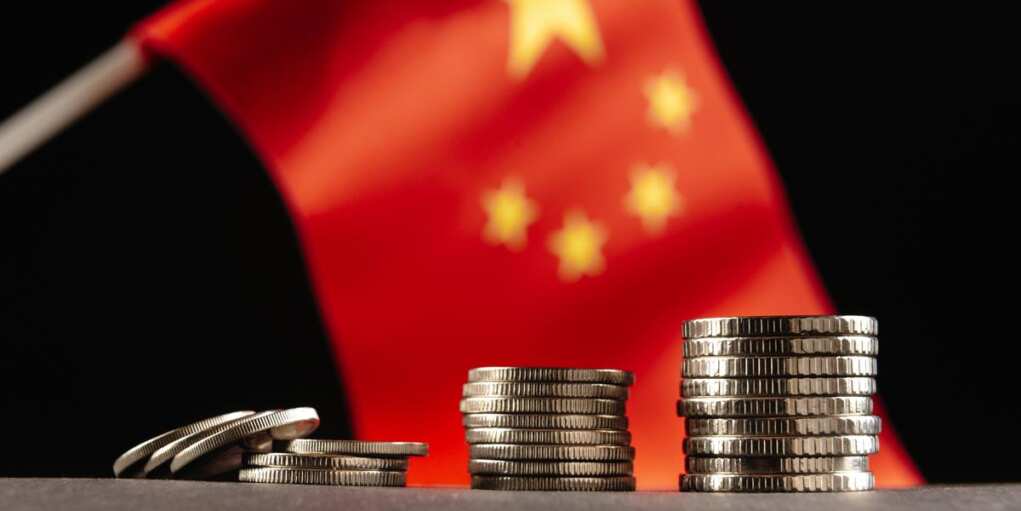China’s Economy Stalls After Trump’s Tariff Blitz

President Trump’s sweeping tariffs are dealing a punishing blow to China’s economy, with new data showing significant declines across key sectors. From faltering retail sales to collapsing exports, Beijing is struggling to contain the damage caused by the White House’s latest trade crackdown.
Retail sales in China slowed to 5.1% in April, falling short of the 5.5% forecast, while industrial output dropped sharply to 6.1%—down from 7.7% just one month earlier. These figures, published by China’s National Statistics Bureau and reviewed by Reuters, point to a broader economic slowdown that Chinese officials are now scrambling to manage.
The driving force behind the downturn? A tariff escalation launched by the Trump administration that peaked in April, when the U.S. imposed duties of up to 145% on Chinese imports. The tariffs, which have since been temporarily reduced to 30% during a 90-day negotiation window, have already put an estimated 16 million Chinese jobs at risk.
“When you increase the tariffs to such a high level, many companies decide to stop hiring and to start basically sending the workers back home,” said Alicia Garcia-Herrero, chief Asia Pacific economist at Natixis. She warned that if tariffs return to their April levels, China’s economy could shrink by as much as 2.5%.
Even at the 30% rate, Garcia-Herrero says a recovery is unlikely. “Maybe the Chinese government is saying, wow, this was amazing. But I think many companies are not sure that this is going to work,” she added.
Behind the scenes, Chinese authorities are increasingly anxious. According to one policy advisor who spoke anonymously to Reuters, Beijing views the temporary agreement as a “win”—but acknowledges that the longer tariffs remain elevated, the greater the strain on economic growth.
“It’s difficult to do business at 30%,” the adviser said. “Over time, it will be a burden on China’s economic development.”
President Trump’s decision to escalate tariffs came after years of failed negotiations with Beijing and persistent concerns over currency manipulation, intellectual property theft, and unfair trade practices. While China retaliated with its own duties—slapping U.S. goods like oil and gas with tariffs as high as 125%—it has failed to insulate its economy from the fallout.
Export orders have plummeted to levels not seen since 2022. Cargo shipments from China to the U.S. have collapsed by 60%. Meanwhile, the services sector has hit a seven-month low, and China’s six largest banks reported first-quarter profits down by nearly $2 billion compared to last year.
The damage is becoming too obvious to conceal—even for the notoriously secretive Chinese Communist Party. Beijing has stopped publishing key economic indicators like unemployment, land sales, and foreign investment flows. Analysts at the Wall Street Journal note that hundreds of metrics have disappeared in recent years, raising suspicions that the real picture may be far worse than what official numbers suggest.
One Chinese economist who dared to publicly question the country’s GDP growth figures was reportedly punished by the regime and has not spoken out since, the Journal reported.
This all follows Trump’s message to American industry: stop depending on China. As tariffs squeeze the Chinese market, U.S. manufacturers are experiencing a boom, overwhelmed with new orders and reshoring efforts that were dormant for years under prior administrations.
While global elites sound the alarm over Trump’s aggressive trade agenda, it’s clear the strategy is delivering results. For China, the message is unmistakable: underestimating American resolve comes at a price. And for the millions of American workers and businesses that have long been undercut by Beijing’s policies, that price is long overdue.

